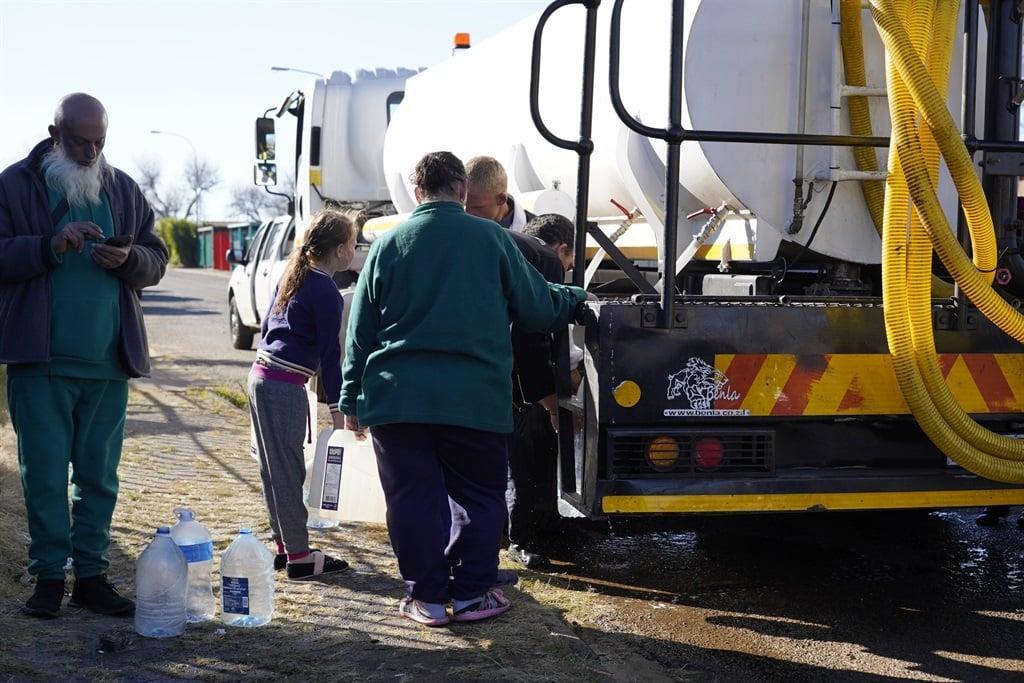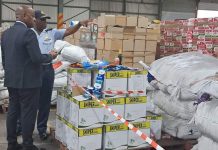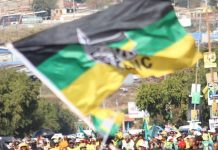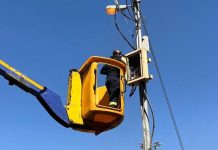Africa-Press – South-Africa. It could take as long as two weeks for water to flow through Johannesburg residents’ taps again after a 58-hour water outage for planned maintenance came to an end on Friday afternoon.
Some people took to social media to complain but Rand Water says water supply is not like electricity supply. It’s not as simple as flipping a switch.
“When power comes back after a power failure, one can hit a switch, and the light comes back almost immediately. Water, on the other hand, is supplied through a long series of pipelines. If a reservoir goes low or empty, as most did during the shutdown, it sometimes takes days and weeks to recover that storage,” the entity said.
During the outage, Rand Water conducted several projects to ensure it would have the capacity for the future needs of the municipalities it supplies. The bulk water supplier takes water from the Integrated Vaal River System, purifies it, and distributes it to its reservoirs. Municipalities then draw water from these reservoirs to supply to residents and businesses.
The shutdown began at 19:00 on Tuesday. Residents in some Soweto areas reported water outages that night.
Johannesburg was the most impacted by the outage, which affected Soweto, Laanglagte, Southdale, Randburg, Roodepoort, Orange Farm, Ennerdale, Johannesburg South, the CBD and all surrounding areas.
On Wednesday morning, the Honeydew reservoir and tower were at low levels.
By Thursday evening, many areas had no water, especially those supplied by the Eikenhof Booster Station. The booster stations are pumps that push water from Rand Water into the municipal reticulation.
On Friday afternoon, the entity said repairs which were supposed to be completed at 05:00 that morning, had finally been finished.
It reported the return of water in Rosebank, Dunkeld West, Oakdene, Kenilworth, and parts of Soweto.
Challenges along the way
But the maintenance wasn’t without hiccups, which means water woes for many residents are expected to last longer than anticipated.
“As this was one of the biggest planned maintenance shutdowns, there were challenges experienced, as expected of operations of this magnitude,” it said.
Repairs at the Zwartkopjes Booster Station took six hours longer than expected. Water in the CBD and Johannesburg south only returned on Wednesday instead of Tuesday at 19:00. This adds six hours to the system’s recovery, which was set for Monday at 19:00. Water in this area should now be recovered by Tuesday at 01:00.
The 24% of the water that was supposed to be pumping from the Eikenhof Booster Station was halted on Wednesday night. This affected the Soweto and Lenasia areas. The system was empty by Thursday.
Residents in the area revolted by holding water tankers hostage.
The tankers were filling up at the Riverlea depot in Randburg but had to be redirected to Braamfischerville.
Residents were concerned that the trucks were taking water from their area to disperse elsewhere.
Environment and infrastructure services MMC Jack Sekwaila said he had to ask public safety MMC Mgcini Tshwaku to intervene. The trucks were up and running from Thursday night.
Sekwaila added that some areas had power cuts during the maintenance, which ground pumping to a halt in some places in the city.
ALSO READ | Second trip at pumping station leaves Pretoria east without water
Complete recovery of the Eikenhof system can take up to two weeks.
During this time, residents may have water, others may experience low pressure, and some will have no water for days.
Rand Water said the Commando system, which supplies the Hursthill, Brixton, and Crosby reservoirs and water towers, will take longer to recover.
The area is always the first to have issues during an outage at Rand Water. This is because it is high-lying with multi-level buildings and has a population outgrowing the ageing infrastructure.
Most of the reticulation in the city relies on gravity. As the reservoirs fill up, residents in low-lying areas will use water when it returns to the taps. But if the pressure is low because the reservoir is not yet full, there is not enough pressure for water to flow uphill. If water overuse occurs, it takes a long time for the reservoirs to recover and will leave residents in high-lying areas without water until it does.
Sekwaila said he expected low pressure or outages on Friday evening as residents returned home. But he was confident of an overnight recovery for smaller reservoirs.
Fed up
Residents expressed their ire on social media.
A Johannesburg woman said the message was not communicated properly.
“Rand Water should have communicated that after the completed system shutdown, water wasn’t going to restore immediately after 05:00. People assumed it would. Then they communicated otherwise. And why are we struggling to find water tankers? Some have run empty,” she said.
A Northriding man complained that he went to bed on Thursday with neither electricity, nor water.
He said:
Another woman asked why Florida North had issues with its water tower when it was a low-lying area.
Another seemed to have had enough: “I know you’re so proud of yourselves because you completed the maintenance on time, but the planning on this was poor. How do you expect people not to have water for five to 14 days and be okay?”
For More News And Analysis About South-Africa Follow Africa-Press






